EASTERN REALM
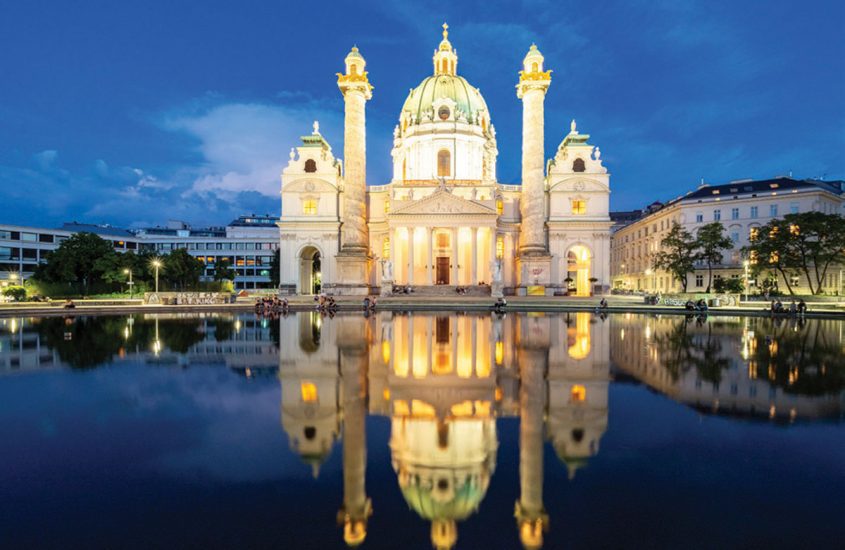
Austria is an Alpine country best known as a winter destination. However, its summer colours and green mountains make this a tranquil and cultural destination for your summer holidays.
When you think of this country, big furry cows in vast meadows come to mind. Located in the southern part of Central Europe, Austria shares borders with many European countries. They are Germany, the Czech Republic, Slovakia, Hungary, Slovenia, Italy, Switzerland and Liechtenstein. The official language is German, but many Austrians communicate informally in a variety of Bavarian dialects.

We usually picture Austria during wintertime with snowy peaks and cold weather activities. However, during summer, the country receives lots of visitors from Germany and Italy, with their motorhomes and bikes, to enjoy the array of bike tracks that you find in the south-western part of the country. The border between the three countries has many local roads that get packed with holidaymakers looking for a calm and scenic destination where they can be close to nature.
Like its neighbour Switzerland (and the whole Alpine region), yodelling is part of the Austrian culture. With its own vowels and consonant combinations, it seems to be another language but is mostly used in folk songs. Shepherds used it to call their animals and as a communication tool between villages. But if you are interested in learning it, there are numerous courses online and even a university offering a bachelor’s course majoring in yodelling. Yodel-lay-ee-dee! We are exploring the best things to see and do in three important cities in Austria, located in different regions of the country. Embark on this Alpine trip with us and enjoy a summer like no other.
Vienna
Austria’s capital is located on the country’s east side, by the Danube river. The city is known for its Imperial palaces such as the Schönbrunn, one of Europe’s most beautiful Baroque complexes and an unforgettable visit. The castle is composed of 1,441 rooms, but only some of them are open to visitors. The palace gardens span 186.28 hectares and can be visited for free. In the garden, you will find the detailed Neptune Fountain constructed in 1780. Nearby is a maze made from natural trees. Measuring 1,700sq/m and around 630m of hedges, you can face the challenge and search for the right way to the centre. The reward for the quest is waiting there in the form of an observation platform from which you can watch the other challengers tackling the maze. The garden has many attractions with restaurants and outdoor seating areas that are a perfect stop during summer days.
The Vienna Prater is where you will find the famous giant Ferris wheel and many other carnival activities. Each ride has a separate ticket, and you can choose the ones you would like to hop on, from traditional carousels to modern rides. The park season runs from March to October, but the city’s Wiener Riesenrad, the giant Ferris wheel, and a few other attractions are open all year round.
The dining scene in Vienna is composed of many restaurants offering an array of international cuisines. However, the Wiener Schnitzel (a breaded and fried veal escalope) and Tafelspitz (boiled fillet of beef haunch) are world-famous and among Viennese cuisine’s most popular dishes.
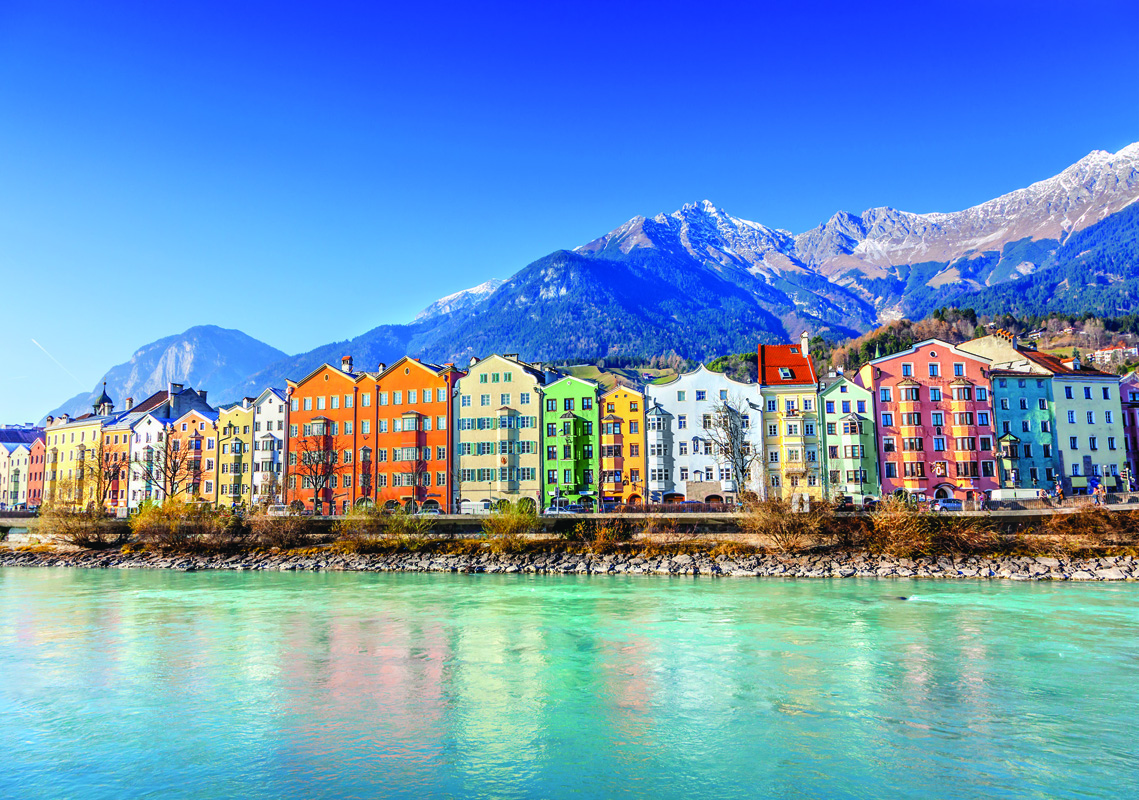
Innsbruck
The capital of Austria’s western state of Tyrol, this city is the hub of this part of the country. Innsbruck is known for its Imperial and modern architecture. The Nordkette Funicular is a cable car ride that takes you up to the Nordkette peak, which is part of Austria’s largest natural park. With futuristic stations, it was designed by architect Zaha Hadid and climbs up to 2,256m from the city centre. There are several stops on the way, and you can get off or continue to the top. At each stop, there is something different to do, from watching the skiers speed down the slopes to climbing on the rocky face of the Karwendel. A destination for skiing in winter and hiking or mountaineering in warmer months. At the bottom of the mountain, one of the most scenic photos is the colourful buildings in contrast with the green/snowy mountains in the back and the Inn River in front. During summer days, the colours of the houses pop brighter, while during the colder months, you can see the chimneys working day and night. Swarovski Crystal World is a magical place. For those who love the brand or love sparkling crystals, this is the place to visit. This attraction displays several outdoor areas, including a large, sculpted face and waterfall, a hedge maze, and some interesting indoor displays about Swarovski. The indoor displays or ‘Chambers of Wonder’ are dazzling and contain thousands of crystals, all created by a selection of visionary designers.
Salzburg
Even if you don’t count many trips around the sun (40 and above to be more exact), you must have heard of the film The Sound of Music, released in 1965. Starring the fabulous Julie Andrews, the motion picture had this city, bordering Germany, as the setting for its beautiful scenes.
Salzburg is also Wolfgang Amadeus Mozart’s birthplace, which you can visit, and the production centre for the Mozartkugel (Mozart balls). They are small round sugar confections (bonbons) made with pistachio, marzipan and nougat, covered with dark chocolate. The sweets are typical gifts and souvenirs when travelling to Austria. They were created in 1890 by Salzburg confectioner Paul Fürst.
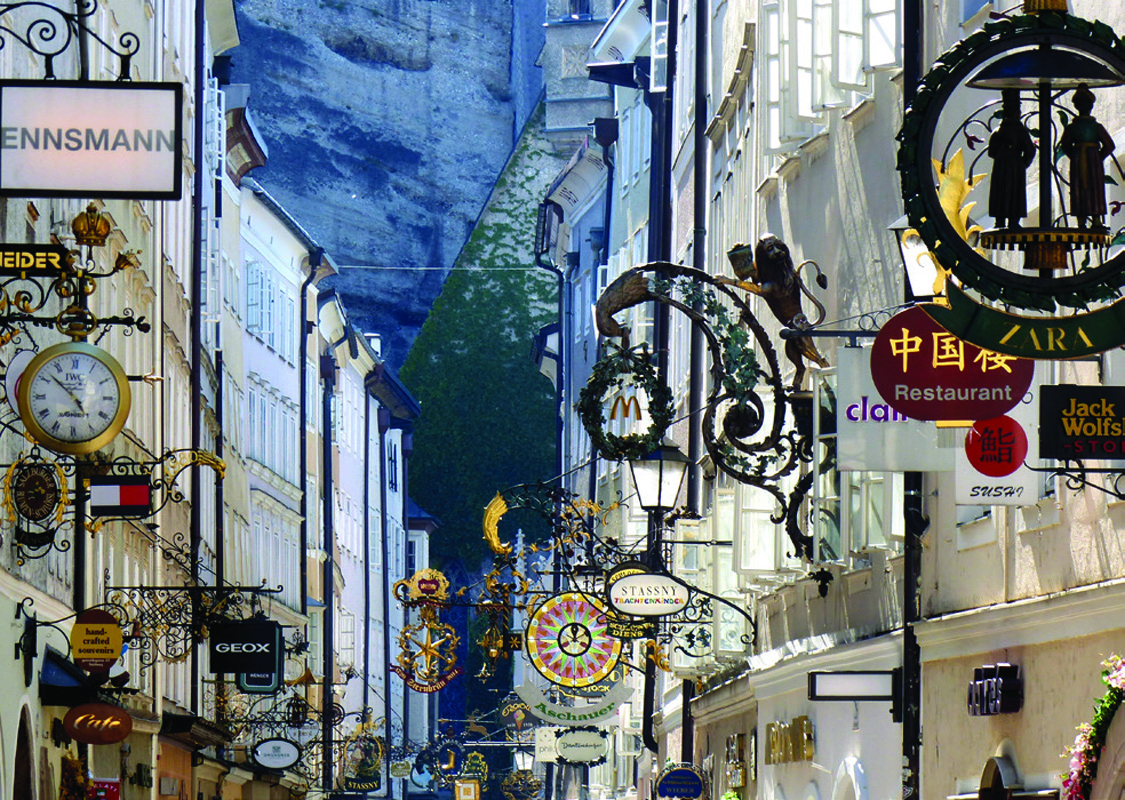
The Getreidegasse is a popular long street that runs in the old town and is a favourite shopping spot. The narrow road has many buildings altogether, with funky little windows and street vendors along the way. If you go during the colder months, you can buy delicious and fresh roasted chestnuts. The area also brings many eateries and cafés serving the best Strudel (a thin pastry filled with fruit, usually apples) that you will eat in Austria. The train journey from Vienna to Salzburg is a spectacle apart that can be enjoyed any time of the year. ✤


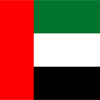
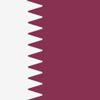













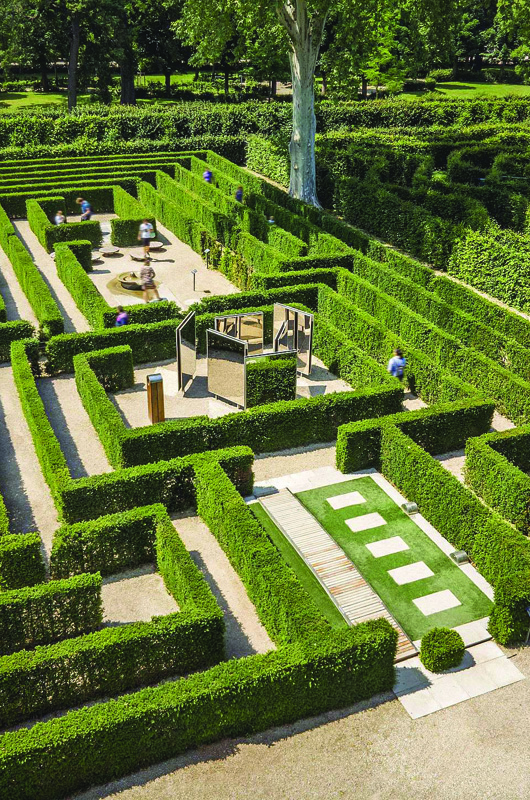

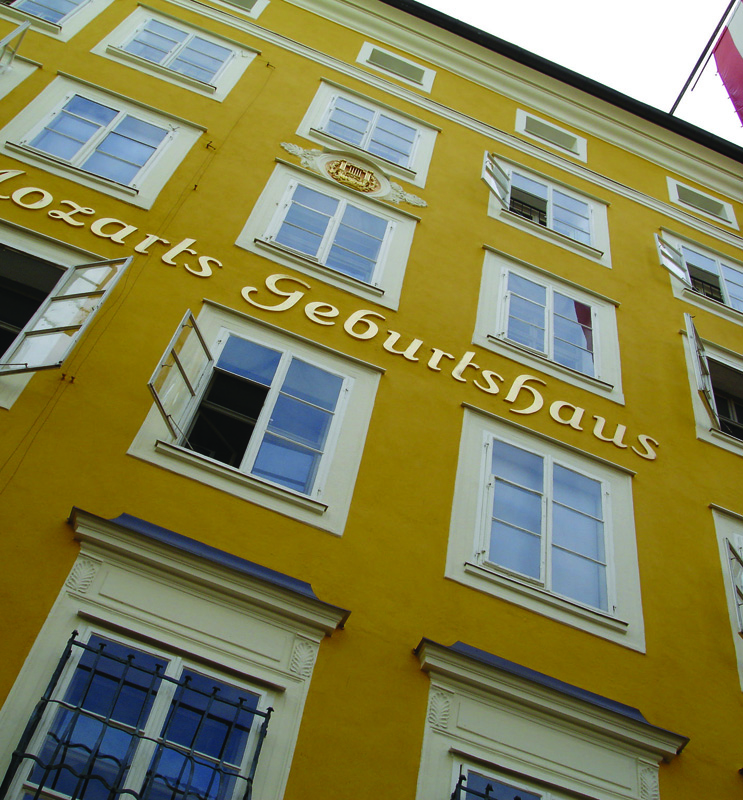
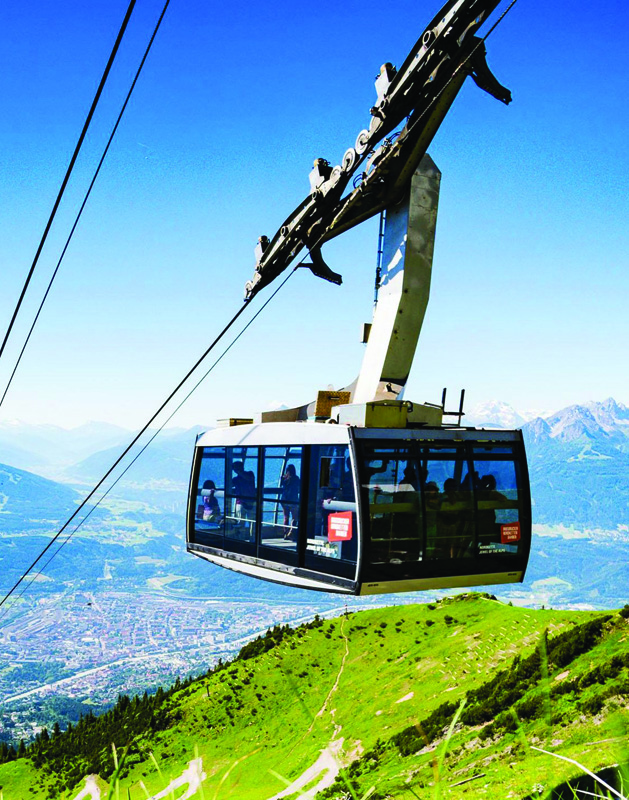

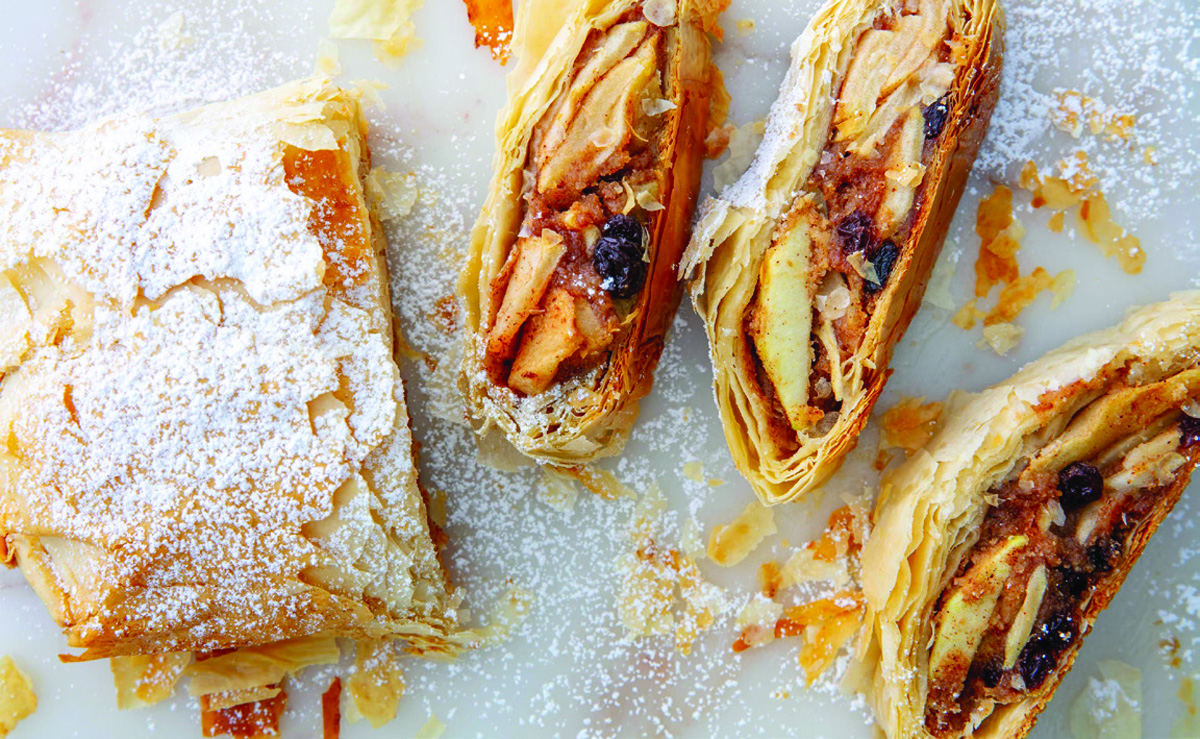






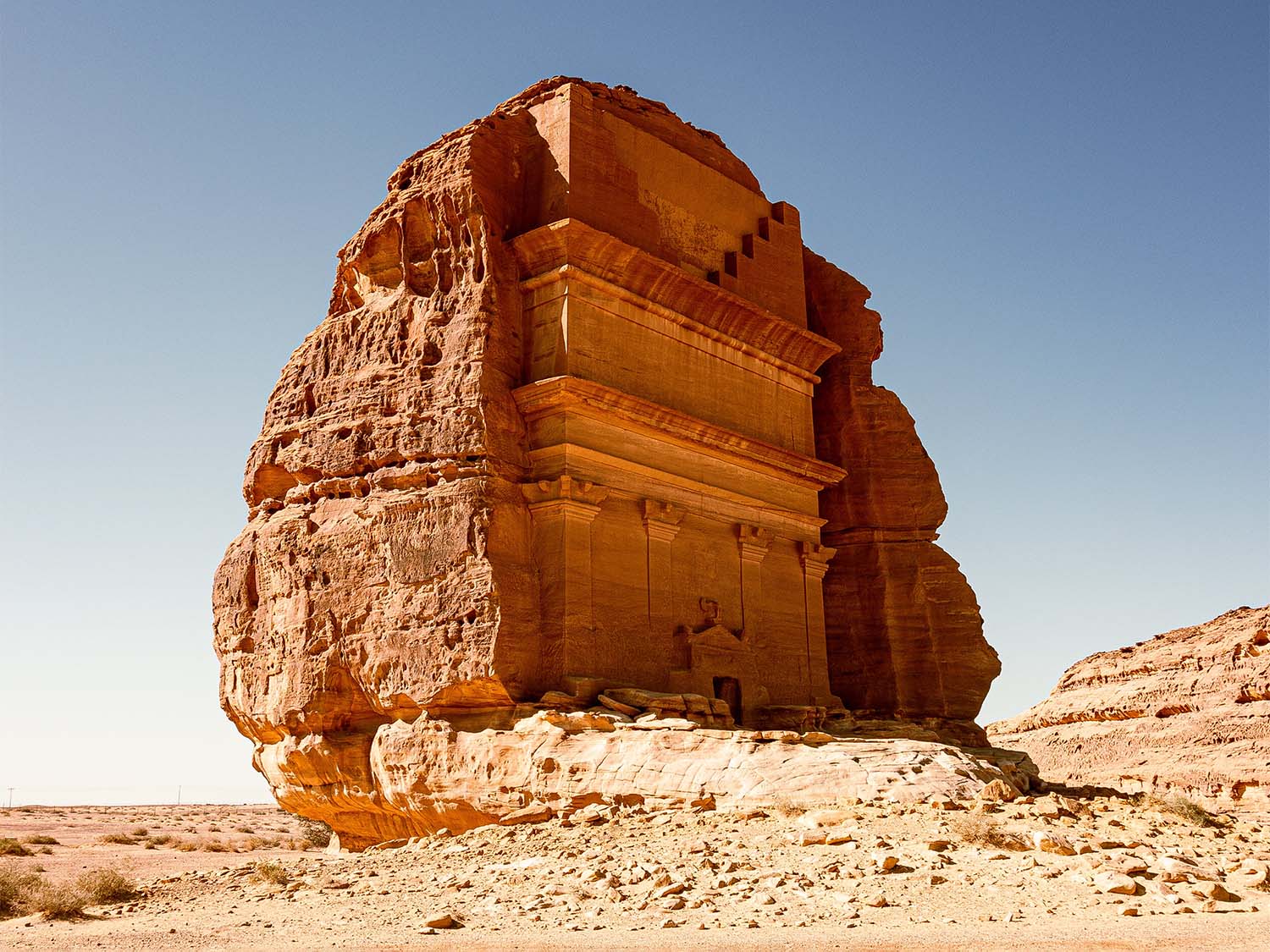
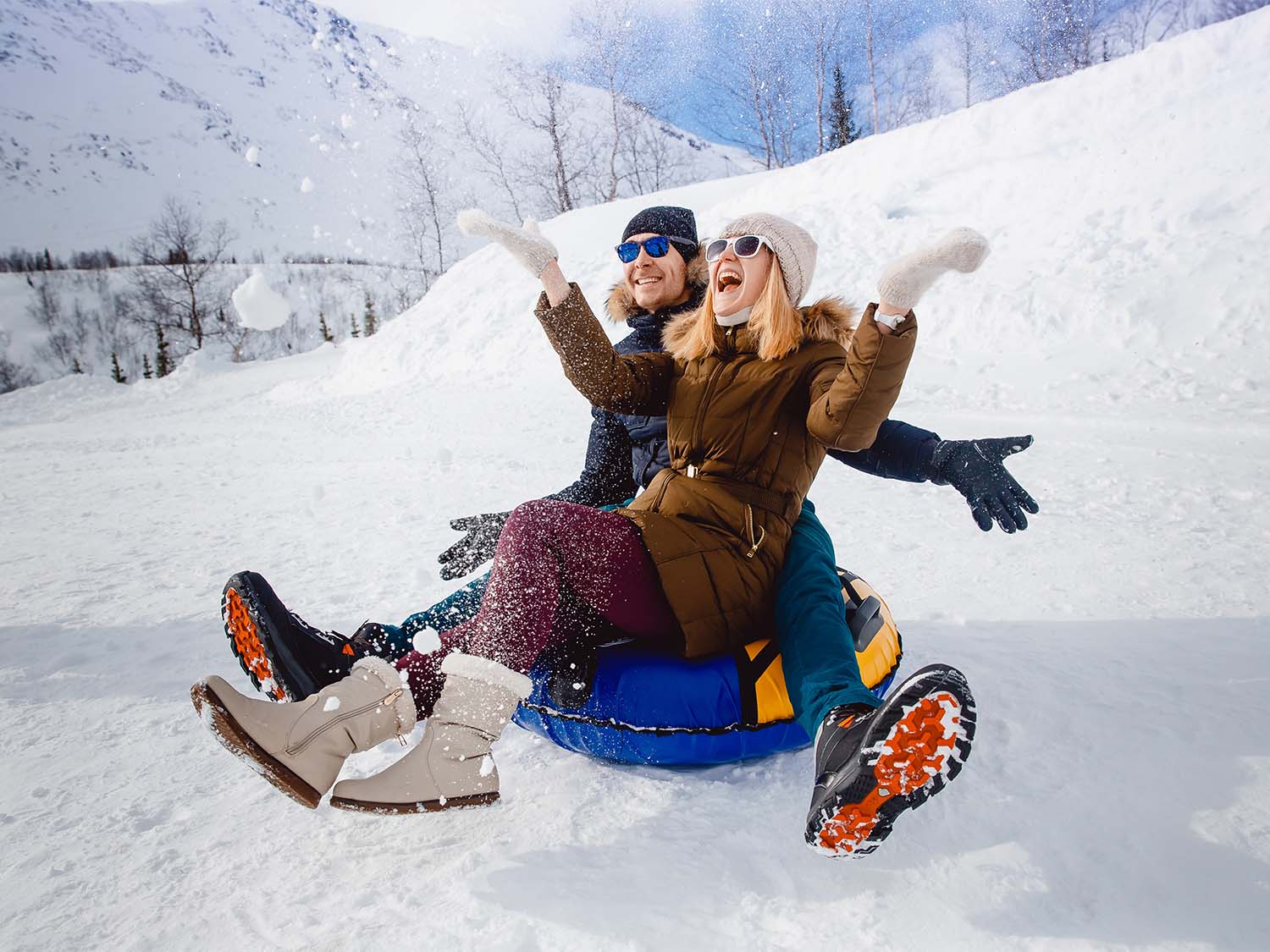




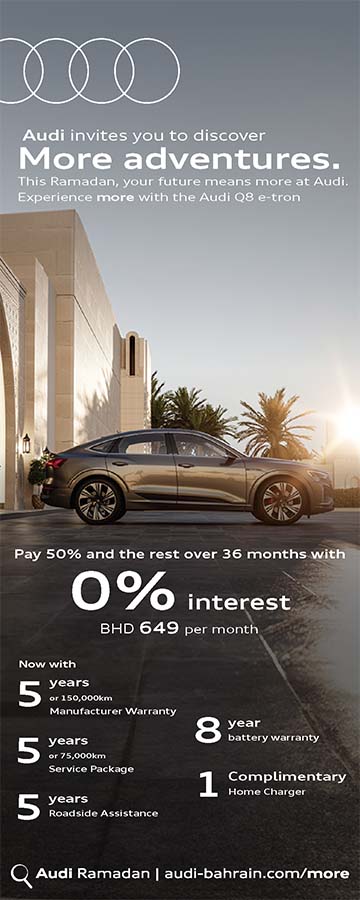
Comments are closed.